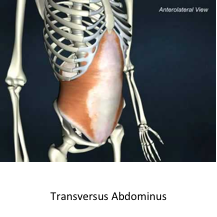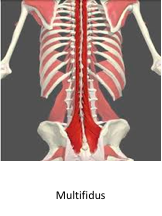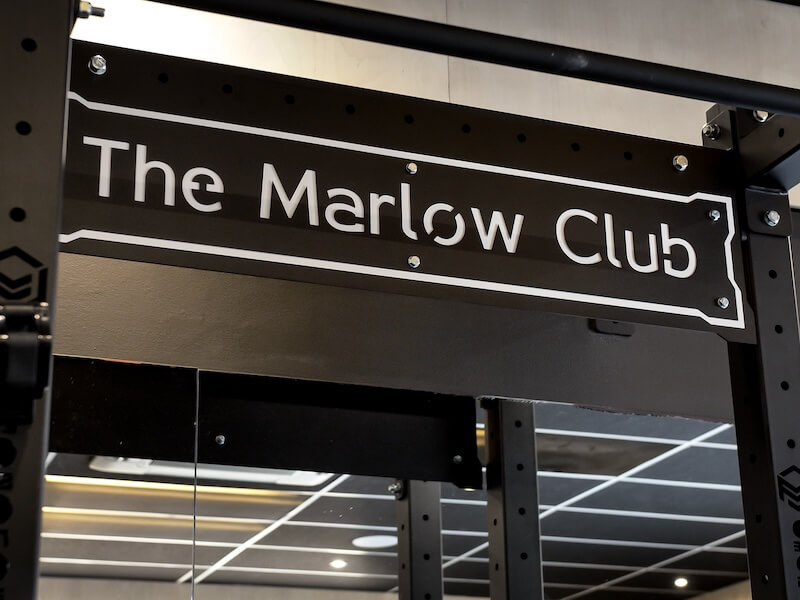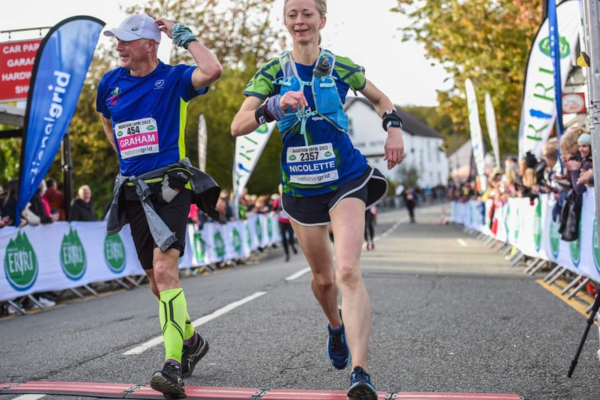The word core is used frequently to refer to a central part of the body, maybe the abs, maybe part of your back, but there is rarely any clarification of what “the core” really is. This article aims to explain specifically what is meant by the term core and why so many people claim it is so important.
The core can be split into two segments; inner and outer units. Together they work in synergy to provide stability round the trunk and act as a foundation for other movements.
Inner unit
The inner unit consists of two main muscles:
Transversus abdominus
acts as the bodies corset or weight lifting belt. Transverus abdominus attaches onto the top of the pelvis and the bottom of the ribs, wrapping round the circumference of the torso.
Multifidus
fills up the groove on either side of the spinous processes of the vertebrae, from the sacrum at the bottom of the spine to the top most vertebrae. Multifidus helps to stabilise the joints within the spine.
Outer unit
The outer unit consists of a large group of muscles that generate movement and stabilise the body. The outer unit can be divided into four systems
Deep longitudinal system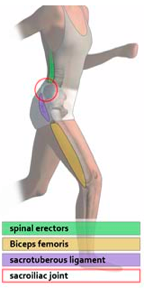
The deep longitudinal system is one of the primary mechanisms of propulsion during lower intensity walking. It also helps to control ground reaction forces.
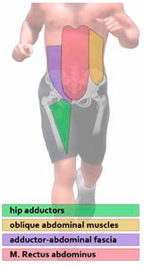 Anterior oblique system
Anterior oblique system
the obliques help provide stability and mobility in gait. This system is important in helping the body create more stability as speed increases in activities such as sprinting, but also as important as the body tries to decelerate during change of direction.
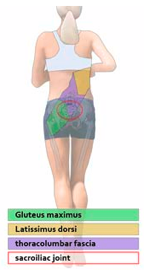 Posterior oblique system
Posterior oblique system
This system is also seen most commonly in gait. The gluteals and lats work together through the connective tissue in the low back to fight the rotation of the pelvis that would occur during gait as well as store energy to create more efficient movement.
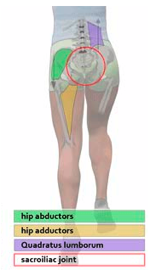 Lateral system
Lateral system
The lateral system provides lateral stability. The adductors and adductors along with the quadratus lumborum on the contra lateral side create stability in the pelvis during walking, stepping etc.

